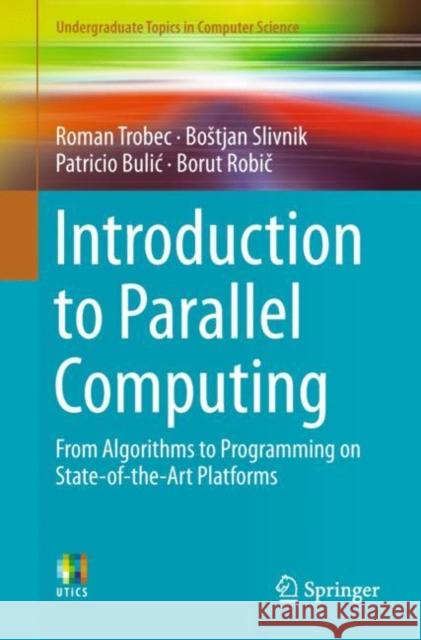Introduction to Parallel Computing: From Algorithms to Programming on State-Of-The-Art Platforms » książka
topmenu
Introduction to Parallel Computing: From Algorithms to Programming on State-Of-The-Art Platforms
ISBN-13: 9783319988320 / Angielski / Miękka / 2018 / 256 str.
Kategorie:
Kategorie BISAC:
Wydawca:
Springer
Seria wydawnicza:
Język:
Angielski
ISBN-13:
9783319988320
Rok wydania:
2018
Wydanie:
2018
Ilość stron:
256
Waga:
0.38 kg
Wymiary:
23.39 x 15.6 x 1.45
Oprawa:
Miękka
Wolumenów:
01
Dodatkowe informacje:
Wydanie ilustrowane











